Cotton is a beloved fabric known for its softness, breathability, and versatility. If you’re looking to create vibrant, long-lasting designs on cotton fabrics using the sublimation process, you’ve come to the right place. In this article, we will examine the art of sublimation on cotton, providing you with valuable insights, tips, and techniques to achieve stunning results. In order to learn more about sublimating on cotton, get your favorite beverage, relax, and start reading.
Table of Contents
Understanding Sublimation on Cotton:
Sublimation is a popular printing method that allows you to transfer colorful and intricate designs onto various substrates, such as polyester, ceramics, and now even cotton. However, sublimating on cotton has traditionally been a challenge due to the nature of the sublimation process. However, recent developments have made it feasible to produce outcomes on cotton materials that are similar to sublimation.
Materials Needed for Sublimation on Cotton:
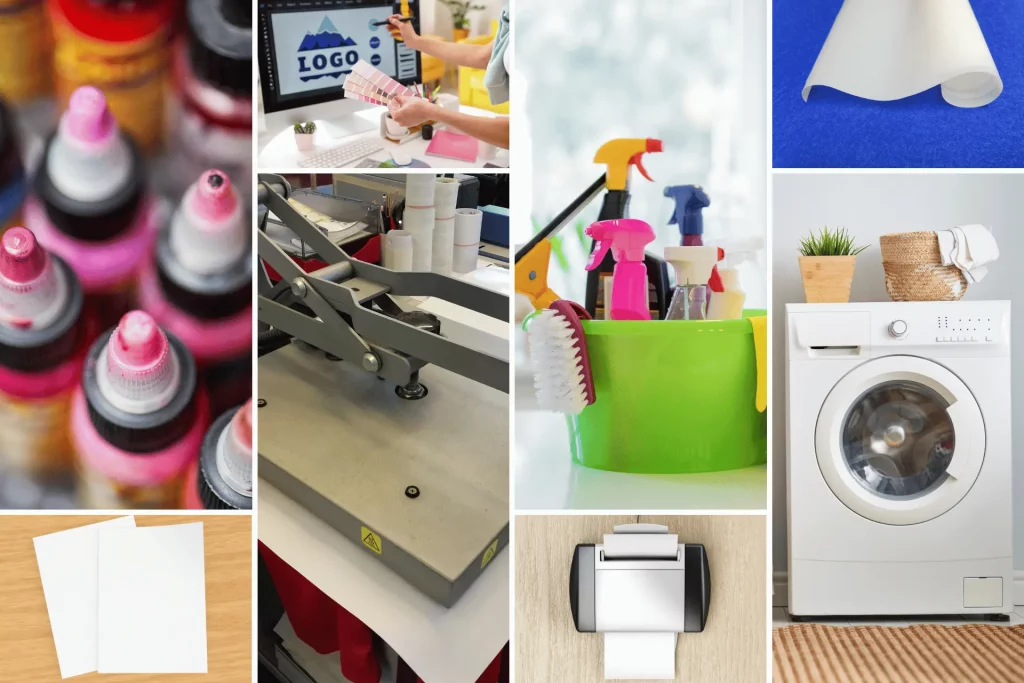
To successfully sublimate on cotton fabric, you will need the following materials:
- Sublimation Inks for Cotton:
Invest in sublimation inks specifically formulated for cotton applications. These inks contain binders that help the ink adhere to cotton fibers and provide excellent color saturation.
- Sublimation Paper:
Use high-quality sublimation paper designed for cotton sublimation. The paper should have a special coating that enhances ink transfer and minimizes ghosting or bleeding.
- Heat Press equipment:
Heat press equipment is essential for sublimation. Choose a reliable heat press with accurate temperature control and even heat distribution for consistent results.
- Graphic Design Software:
Use graphic design software to create or modify your designs. Popular options include Adobe Photoshop, Illustrator, or CorelDRAW. Ensure that your software supports color management for accurate color representation.
- Inkjet Printer:
Invest in a high-quality inkjet printer compatible with sublimation inks. Look for a printer that can handle the desired print size and has excellent color accuracy.
- Cleaning Supplies:
Keep cleaning supplies on hand to maintain your heat press machine, printer, and work area. This may include lint-free cloths, cleaning solutions, and alcohol wipes for regular maintenance and to ensure clean prints.
- Washing and Drying Equipment:
You will need a washing machine and dryer to properly care for sublimated cotton fabric after the sublimation process. Ensure that the washing machine has settings suitable for delicate or gentle cycles.
Cotton, known for its softness and lightweight nature, requires proper care to enhance its lifespan. This can be achieved by diligently following expert techniques for cotton care.
- Heat Resistant Tape and Teflon Sheets:
Heat-resistant tape helps secure the sublimation paper to the fabric during heat pressing, preventing movement. Teflon sheets provide a protective barrier between the fabric and the heat press platen, preventing ink residue from sticking to the platen.
These materials will set you up for a successful sublimation process on cotton fabric. Remember to follow manufacturer guidelines and recommendations for each material to achieve the best results.
How to Sublimate Cotton? Step-by-step Instructions
Sublimating on cotton requires specific techniques to ensure successful results. Follow these step-by-step instructions to sublimate on cotton fabric:
Step1: Preparing the Cotton Fabric:
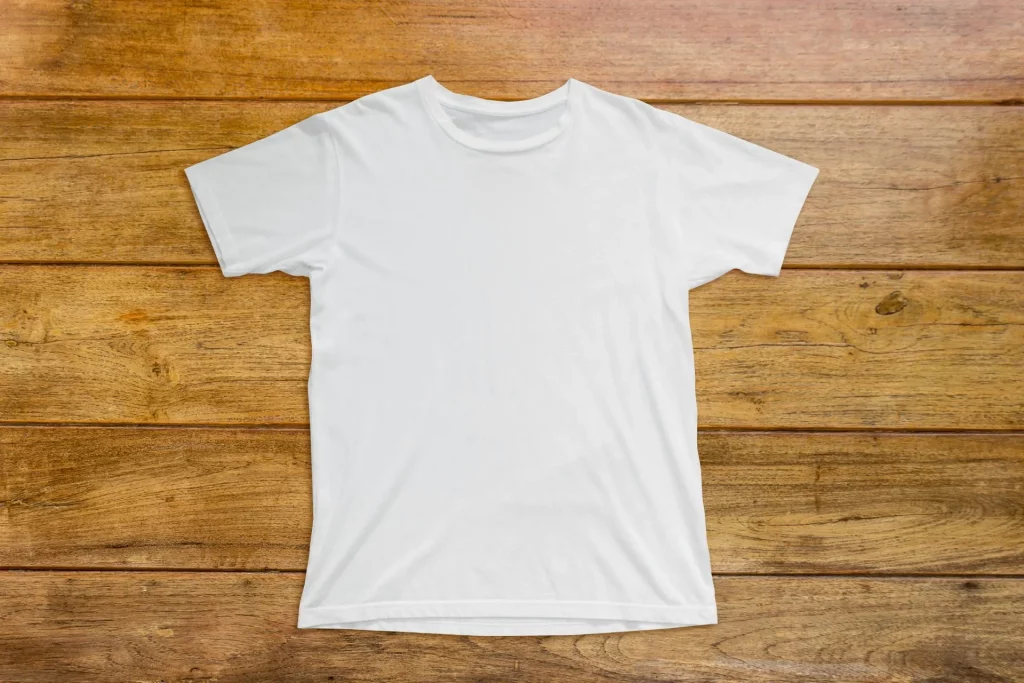
Start by choosing the right cotton fabric. Look for cotton-poly blends with a high polyester content. These fabrics are more receptive to sublimation ink and yield better results than 100% cotton. Before sublimation, wash the fabric to remove any sizing, dirt, or impurities. Use a mild detergent or soap to avoid fabric softeners.
After washing, dry the fabric completely. It should be free from moisture before sublimation. Pre-treat the cotton fabric using a commercial pre-treatment solution. This helps improve ink absorption and enhances the color vibrancy of the sublimated design.
Cotton blended polyester is widely used in various apparel items for its cost-effectiveness and durability. However, it’s worth noting that these two materials possess distinct and intriguing properties. Allow us to elaborate on these characteristics for you.
Step2: Selecting the Right Sublimation Ink:
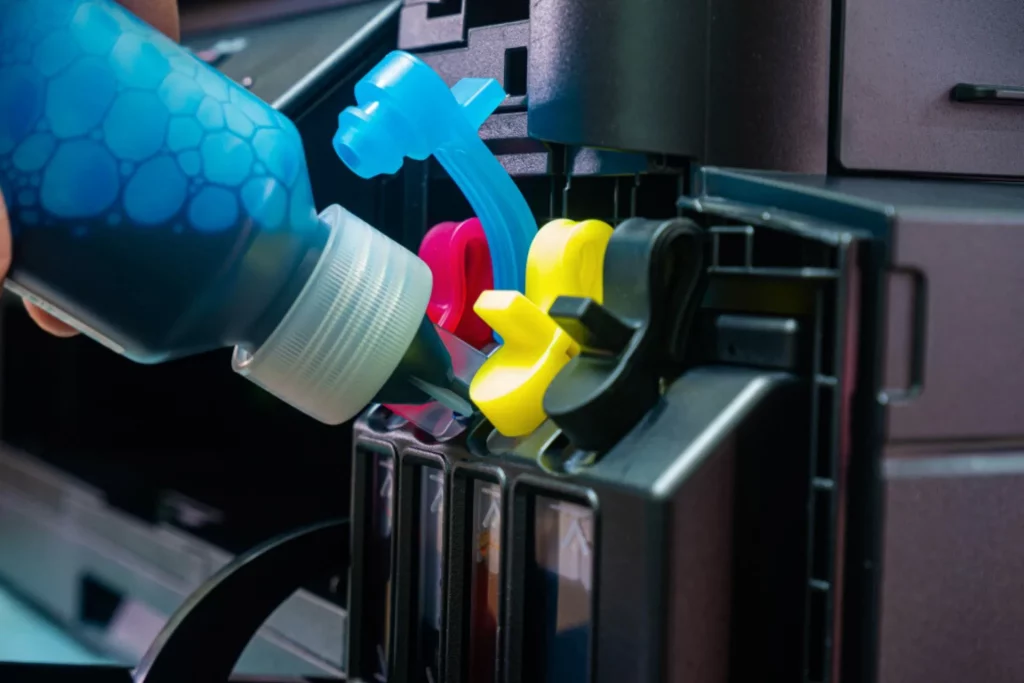
Choose sublimation ink specifically formulated for cotton applications. These inks contain binders that help the ink adhere to the cotton fibers.
Test the ink colors on a small piece of fabric before proceeding with the full sublimation process. This allows you to adjust the colors and ensure satisfactory results.
Step3: Printing the Design:

Prepare the design file using graphic design software. Ensure that the resolution is suitable for printing. Adjust the colors and sizing of the design according to your preferences and the fabric dimensions.
Print the design on sublimation paper using a compatible inkjet printer. Ensure that the design is mirrored or flipped horizontally, as it will transfer onto the fabric in reverse.
Step4: Heat Pressing the Fabric:
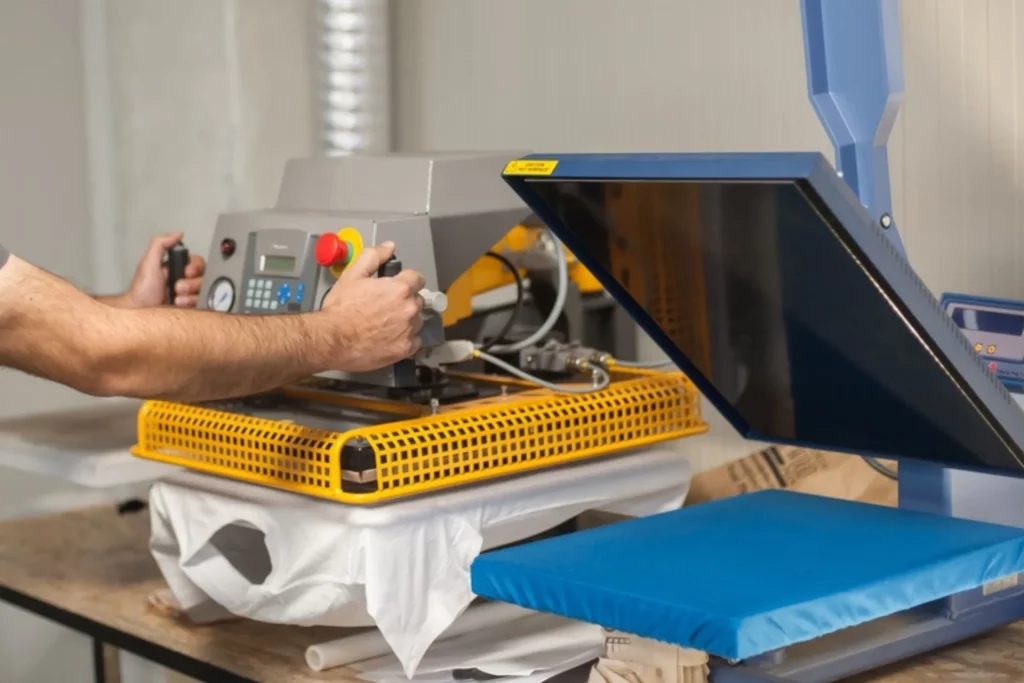
Set up a heat press machine according to the manufacturer’s instructions. Preheat the machine to the recommended temperature. Place the pre-treated cotton fabric on the heat press plate.
Position the printed sublimation paper with the design facing down on top of the fabric.
Ensure that the fabric and paper are smooth and properly aligned.
Close the heat press machine and apply heat and pressure as the sublimation paper and ink manufacturers recommend. Keep in mind that sublimation on cotton requires higher heat and longer press times compared to sublimating on polyester.
Step5: Post-Processing and Care:
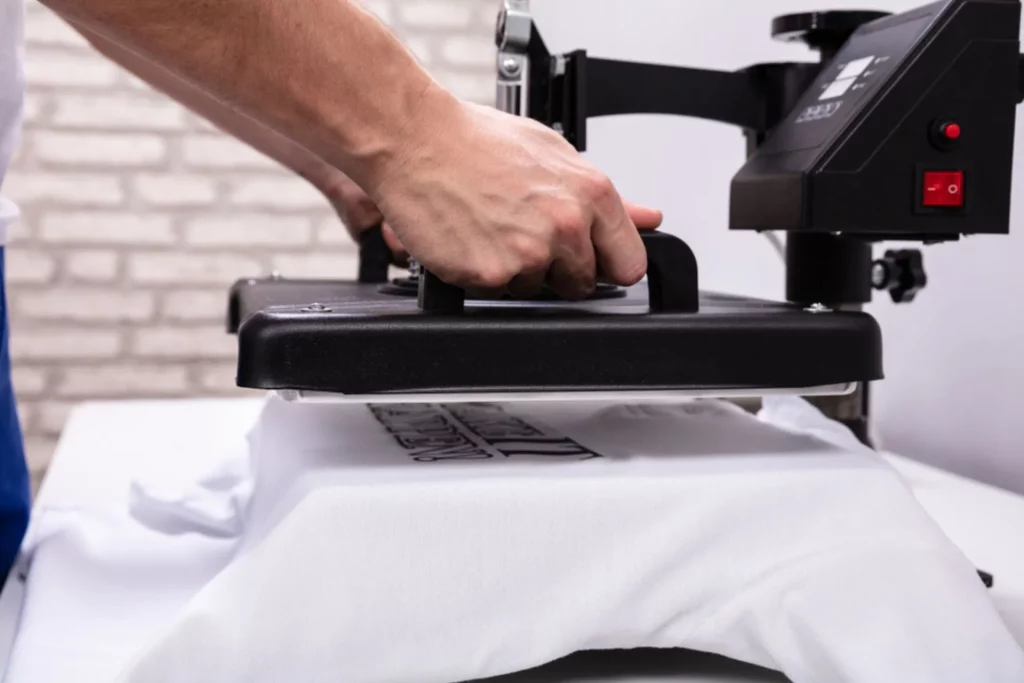
After the pressing is complete, carefully remove the fabric from the heat press machine.
When it’s time to remove the sublimation paper, let the cloth cool. Be cautious during the peeling process to avoid smudging or damaging the design.
Wash the sublimated cotton fabric separately in cold water with a mild detergent to ensure optimal color fastness. The use of bleach or other strong chemicals should be avoided, as they might affect the longevity of the sublimated design. Hang or lay flat to dry.
By following these instructions, you can achieve successful sublimation results on cotton fabric. Remember to always refer to the instructions provided by the specific sublimation ink, paper, and equipment manufacturers for best practices and guidelines.
The Benefits of Sublimation:
Sublimation printing offers several benefits, making it a popular choice for creating vibrant and long-lasting designs on various materials. Let’s look at some of the primary advantages of sublimation:
Vibrant and High-Quality Prints:
Sublimation printing produces vibrant and detailed prints with a wide range of colors. The dye particles convert into a gas during the sublimation process, allowing them to penetrate the fabric’s fibers. This results in rich, vibrant, and high-resolution designs that are sharp and durable.
Long-Lasting Durability:
Sublimation prints are highly durable and resistant to fading, cracking, and peeling. The ink can become a permanent stain on the fabric, ensuring that the design remains vibrant even after multiple washes. This makes sublimation ideal for creating custom apparel, sports uniforms, promotional items, and personalized gifts that need to withstand regular use.
Soft and Breathable Feel:
Sublimation printing maintains the fabric’s original texture, ensuring a soft and breathable feel. Unlike traditional screen printing, sublimation does not add an additional layer of ink on top of the fabric, resulting in a lightweight and comfortable end product. This makes it especially suitable for activewear, team jerseys, and garments where comfort is essential.
Endless Design Possibilities:
With sublimation, you have endless design possibilities. You can create complex and intricate designs, gradients, and photographic prints without limitations. Sublimation allows for precise color control and the ability to reproduce intricate details, making it an excellent choice for reproducing artwork, photographs, and intricate patterns.
Quick Turnaround Time:
Sublimation printing offers a quicker turnaround time than other printing methods. Once the design is ready, the sublimation process itself is relatively fast, allowing for efficient production. This makes sublimation suitable for small-batch orders, on-demand printing, or situations where quick production and delivery are required.
Versatility across Materials:
While sublimation is commonly associated with polyester fabrics, it can also be used on various other materials such as ceramic, metal, glass, and more. This versatility opens up opportunities for creating personalized products like mugs, phone cases, mousepads, and home decor items, expanding the range of products you can offer.
Environmentally Friendly:
Sublimation printing is considered an environmentally friendly printing method. The process produces minimal waste as the ink is directly converted into a gas, leaving no residue or excess ink behind. Additionally, sublimation inks are water-based and free from harmful chemicals, making them safe for both the environment and human health.
Expert Tips for Outstanding Sublimation on Cotton:
Sublimation printing on various materials, including cotton, requires attention to detail and proper techniques. Here are some unique tips to help you to get the best results when sublimating on cotton:
- Use high-quality cotton fabrics for optimal results. Higher thread count fabrics tend to yield better color saturation and image clarity.
- Experiment with different pre-treatment solutions to find the one that works best for your specific cotton fabric.
- Conduct test prints on small fabric swatches to ensure color accuracy and desired results before sublimating on a larger scale.
- Take proper care of your sublimated cotton garments by following the recommended washing instructions, which often include using cold water and mild detergents.
- Keep up on cotton sublimation technology developments to keep improving your skills and produce excellent results.
- Sublimation involves working with heat and potentially hazardous materials. Wear heat-resistant gloves, an apron, and safety glasses to protect yourself during sublimation.
By following these tips, you can enhance your sublimation results on cotton fabric and achieve vibrant, long-lasting designs. Remember to experiment, learn from experience, and consult manufacturer guidelines for specific products and equipment to achieve the best possible outcomes.

